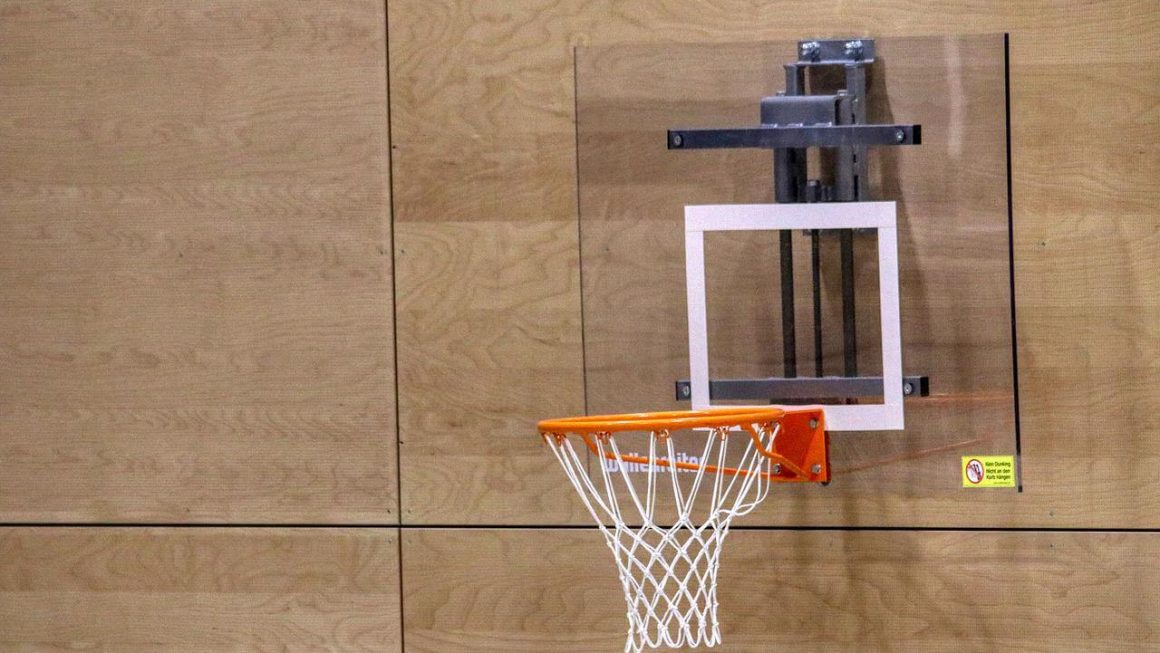Did you know that even though the first official baseball game was played in 1846, no team ever wore sports uniforms until the New York Knickerbockers stepped into the field in 1849? Fast forward, somewhat 50 years later, every team would wear sports uniforms before stepping out into the field.

Today, nearly all major sports teams, be it Soccer, Baseball, Basketball, Volley Ball, etc. wear custom sports uniforms. To topple that, there is an increasing demand for fan merchandise and coaches apparel around the world.
Many young and professional athletes take their sports uniforms for granted, but what is the science behind wearing sports uniforms? Why were they developed in the first place, and why are they so important today? Today, we shall be exploring the mechanics behind sports uniforms and why they are necessary in today’s world.
Brings Team Together
Wearing the same uniforms not only improves the morale of the players but instills a feeling of togetherness among the team members. The team members, in this retrospect, encourage themselves a feeling of mutual respect by belonging to one family and work closer to each other towards their causes.
If these uniforms are customized, it becomes even better as the players can recognize and support the team they are from, which is not similar to other groups anywhere.

By outfitting in sports uniforms like custom polo shirts, they will be able to maintain the standards of their performance and perform even better in their respective fields.
Functionality Is the Key
Every sports regulatory committee is entitled to make or break guidelines for each and every part of the sports player kit. This contains instructions and specifics not just for the jersey, but also for custom polo shirts, socks, and other accessories that the players are allowed to wear. Some of these instructions are based on the functionality of the attire and ensures that the players don’t go through any hurdles or restrictions due to their clothing during the match.
The committee also gives details and information about the logo sizes and the number of jerseys a logo can have. Besides the logo sizes, the font and figures are also regulated by the committee for design. These detailed guidelines also have a separate section for other accessories that players can and cannot wear. For example, in international soccer, the goalkeeper is not allowed to wear a cap, but other players are not.
Helpful in Marketing & Promotion
The process of promotion, advertising, and marketing is mainly visual, and therefore preparing appealing sports uniforms can help the process considerably. For professional sports players wearing classy team jersey not only fulfills the requirements of game strategy but is also a primary source of advertising to the marketers and sponsors.
Logos and advertisements are most of the time printed on team jerseys to act as the primary source of marketing and therefore demand a high-level of customization. Placement is the strategy to ensure that the brand is visible accurately. This is promotional for the sponsors, and in turn, allows the sports team to generate funds on a larger scale.



